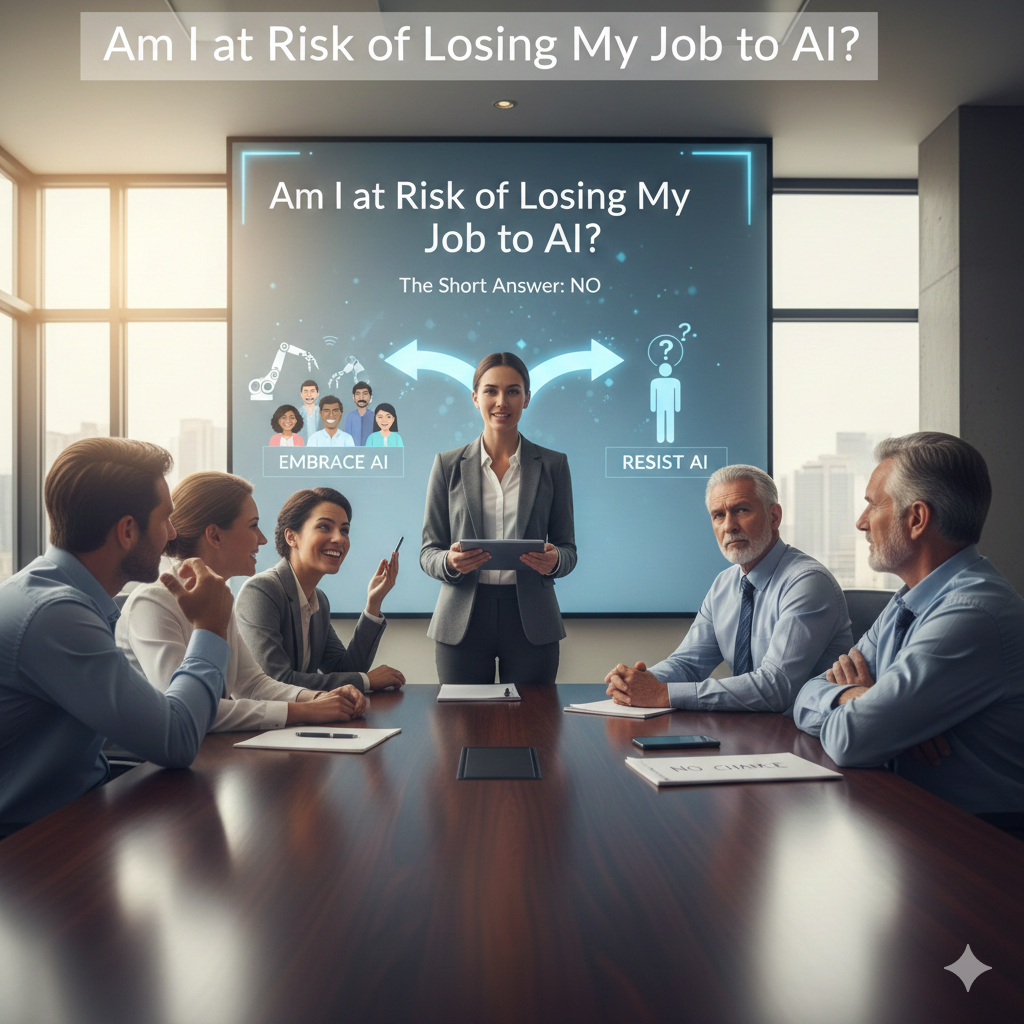Understanding the Technology Behind ChatGPT
Architecture of ChatGPT
ChatGPT is built on top of the GPT-3 architecture, a state-of-the-art language model developed by OpenAI. This model is based on a deep neural network that uses the transformer architecture, allowing it to generate human-like text responses to input prompts.
Training Data and Fine-Tuning
To enhance its conversational capabilities, ChatGPT has been trained on a diverse range of text data, including books, articles, and online conversations. Additionally, fine-tuning techniques are employed to customize the model for specific use cases, ensuring more contextually relevant responses.
Real-time Inference and Response Generation
When a user inputs a message into ChatGPT, the model processes the text through its neural network, generating a response based on the patterns and knowledge it has learned during training. This real-time inference allows ChatGPT to deliver prompt and coherent replies in natural language, making it a powerful tool for engaging digital conversations.
Enhancing Customer Service with ChatGPT
Improved Customer Interactions
ChatGPT enables businesses to provide faster, more personalized customer service experiences. By understanding customer inquiries and responding promptly with relevant information, organizations can enhance customer satisfaction and loyalty.
24/7 Availability
With ChatGPT, businesses can offer round-the-clock customer support without the need for human agents to be constantly available. This ensures that customers can receive assistance at any time of the day, leading to increased convenience and improved overall customer experience.
Scalability and Efficiency
By leveraging ChatGPT for customer service, companies can handle a higher volume of inquiries simultaneously, allowing for greater scalability and efficiency in managing customer interactions. This can result in cost savings and streamlined processes for businesses seeking to optimize their customer service operations.
Improving User Experience with AI-Driven Chatbots
Enhancing Customer Engagement
AI-driven chatbots have revolutionized customer service by providing instant responses to inquiries, thus enhancing customer engagement. By leveraging natural language processing (NLP), these chatbots can understand and respond to customers’ queries effectively, offering personalized and timely assistance.
24/7 Availability and Instant Responses
One of the key benefits of AI-driven chatbots is their round-the-clock availability, providing instant responses to customer queries at any time of the day. This accessibility ensures that customers receive timely assistance and support, leading to improved user experience and satisfaction.
Customized Recommendations and Solutions
AI-driven chatbots can analyze user data and behavior to provide customized recommendations and solutions. By harnessing machine learning algorithms, these chatbots can offer personalized suggestions, product recommendations, and tailored solutions to meet each user’s specific needs, further enhancing the overall user experience.
Personalization and Customization with ChatGPT
Enhancing User Experience
Personalization and customization are crucial aspects of creating positive user experiences in digital conversations. ChatGPT offers a range of tools and features that allow users to tailor their interactions to their preferences and needs.
Adapting to Individual Needs
With ChatGPT, users can customize the tone, language, and style of the conversations to match their personality or brand voice. This level of customization helps in fostering more engaging and authentic interactions with customers and clients.
Building Stronger Connections
By leveraging personalization and customization features, businesses can build stronger connections with their audience. Tailoring conversations based on individual preferences and past interactions can lead to more meaningful and personalized experiences that resonate with the users.
Future Innovations and Trends in AI Communication
Potential Breakthroughs in AI Communication
As AI communication technology continues to evolve, we can expect breakthroughs in areas such as natural language processing (NLP) and sentiment analysis. These advancements will enable chatbots and virtual assistants to understand and respond to human emotions more effectively, enhancing the overall conversational experience.
Integration of Multimodal Communication
One exciting trend in AI communication is the integration of multimodal capabilities, combining text-based interactions with visual and auditory components. This approach can enrich conversations by incorporating images, videos, and voice input, leading to more engaging and personalized interactions between users and AI systems.
Enhanced Personalization and Context Awareness
The future of AI in communication lies in its ability to provide personalized responses and demonstrate a deeper understanding of context. By leveraging machine learning algorithms and advanced data analytics, AI systems will be able to tailor conversations to individual preferences and anticipate users’ needs more accurately, creating a more natural and human-like interaction.







